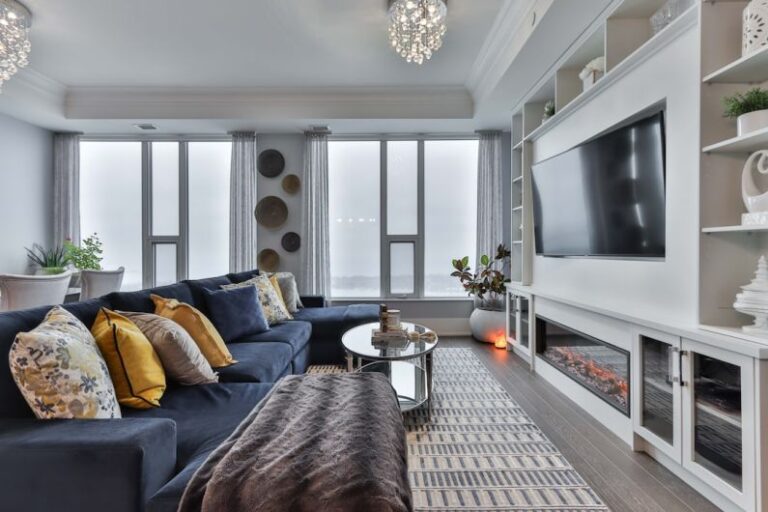
When it comes to selling a home, first impressions matter. Home staging is a crucial aspect of the selling process, as it helps potential buyers envision themselves living in the space. From decluttering and depersonalizing to rearranging furniture, there are many strategies that can enhance the appeal of a property. One often overlooked aspect of home staging is lighting. The right lighting can truly make a difference in how a home is perceived by potential buyers. Let’s explore how lighting can impact home staging and why it should not be underestimated.
Set the Mood with Lighting
Lighting plays a significant role in setting the mood and ambiance of a space. By strategically placing light fixtures and adjusting the intensity of light, you can create a welcoming and inviting atmosphere in a home. Soft, warm lighting can make a room feel cozy and intimate, while bright, natural light can make a space feel open and airy. When staging a home, it is important to consider the mood you want to evoke in each room and choose lighting fixtures that complement that vision.
Highlight Key Features
Proper lighting can also be used to highlight the key features of a home. Whether it’s a beautiful fireplace, a stunning piece of artwork, or a unique architectural detail, lighting can draw attention to these focal points and make them stand out. By using accent lighting or spotlights, you can showcase these features and create visual interest in the space. This not only helps to draw the eye to specific areas but also adds depth and dimension to the room.
Create Visual Flow
In home staging, visual flow is essential for creating a cohesive and harmonious design. Lighting can play a crucial role in guiding the eye through a space and creating a sense of continuity. By strategically placing lighting fixtures along pathways or in transitional areas, you can help to create a seamless flow from one room to another. This not only enhances the overall aesthetic of the home but also makes it easier for potential buyers to navigate the space and appreciate its layout.
Maximize Space and Brighten Dark Areas
Proper lighting can also help to maximize the perceived size of a room and brighten dark or shadowy areas. In smaller spaces, ample lighting can create the illusion of more space and make the room feel more open and airy. Additionally, in rooms with minimal natural light, strategically placed fixtures can help to brighten corners and eliminate dark spots. This is particularly important when showcasing a home, as bright, well-lit spaces are more appealing to potential buyers.
Enhance Architectural Details
Architectural details are an important selling point for many homes. From crown molding and wainscoting to built-in shelving and ceiling beams, these features add character and charm to a property. Lighting can be used to enhance these architectural details and make them more prominent. By using uplighting, wall sconces, or other lighting techniques, you can draw attention to these features and showcase the unique character of the home.
Conclusion: The Power of Lighting in Home Staging
In conclusion, lighting can make a significant difference in the overall presentation of a home during the staging process. By setting the mood, highlighting key features, creating visual flow, maximizing space, and enhancing architectural details, lighting can transform a space and make it more appealing to potential buyers. When staging a home for sale, it is essential to pay attention to the lighting design and use it to your advantage. A well-lit home not only looks more attractive and inviting but also helps to create a positive impression that can ultimately lead to a successful sale.





